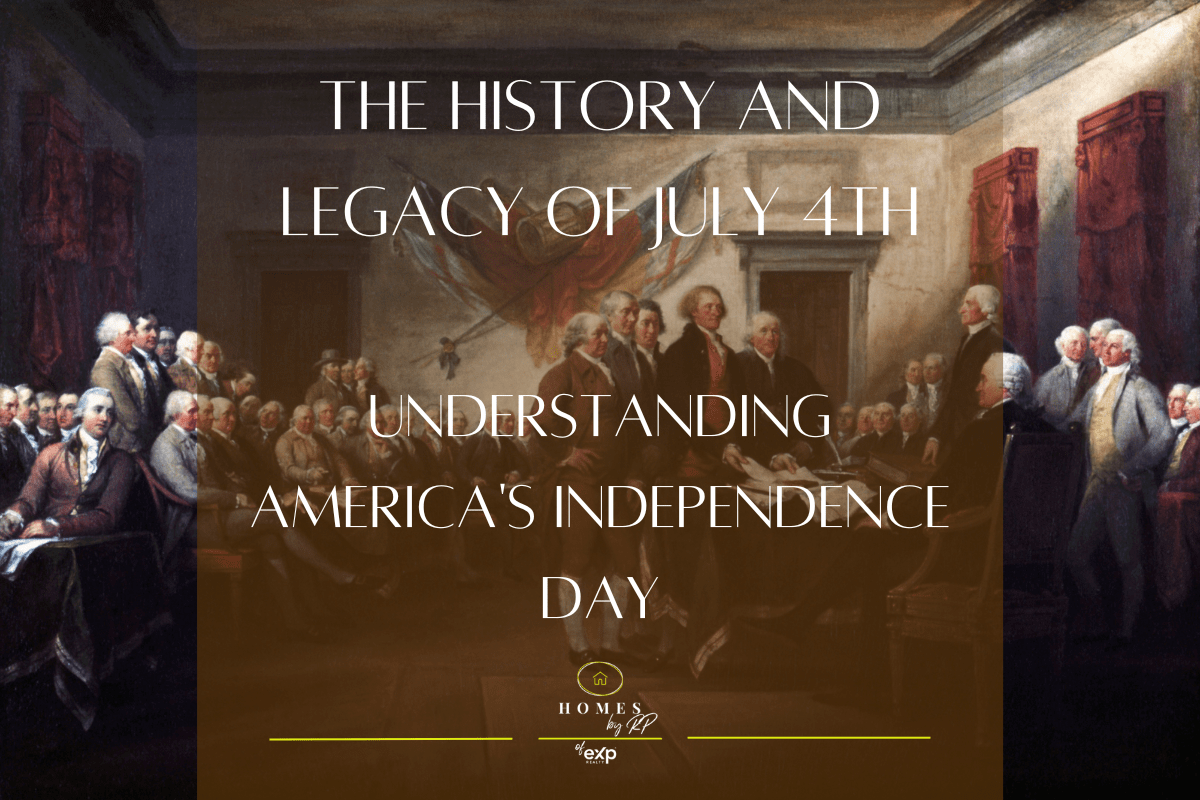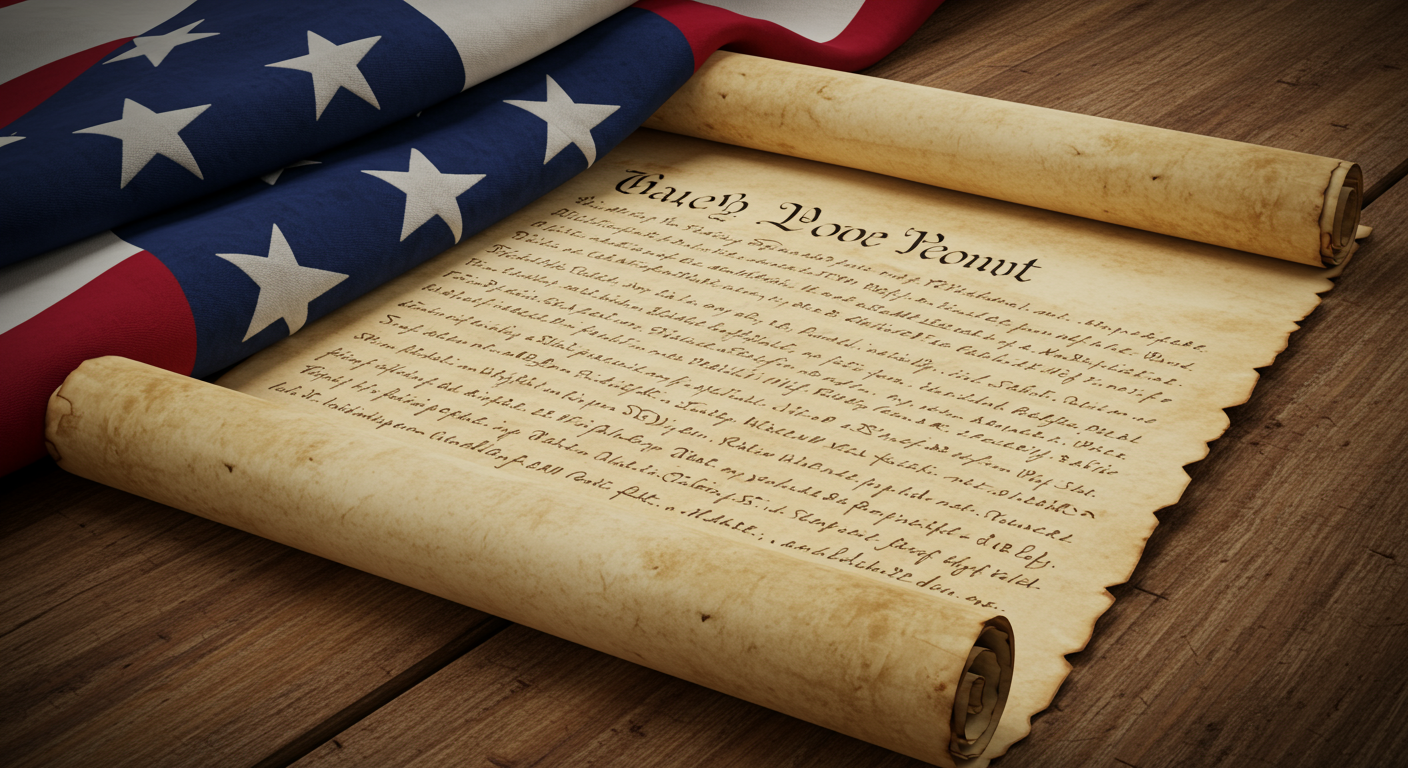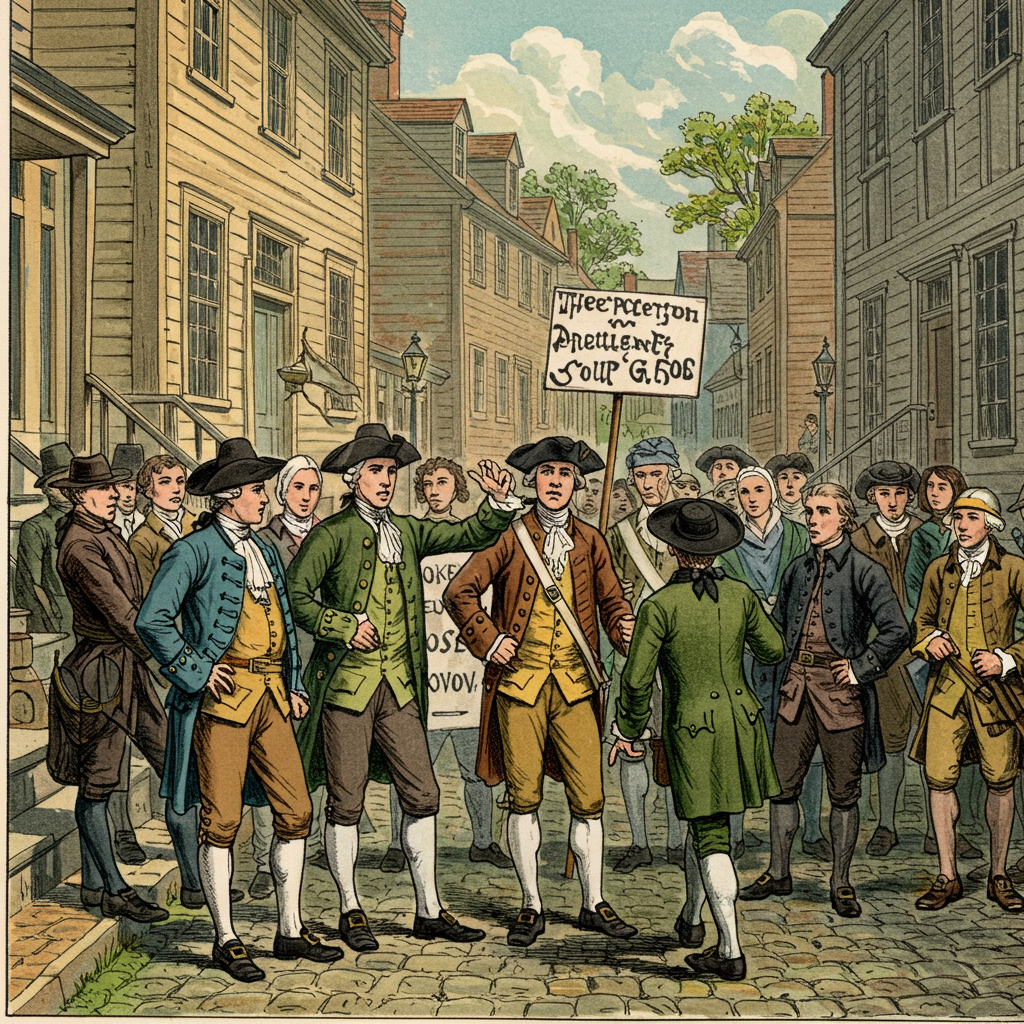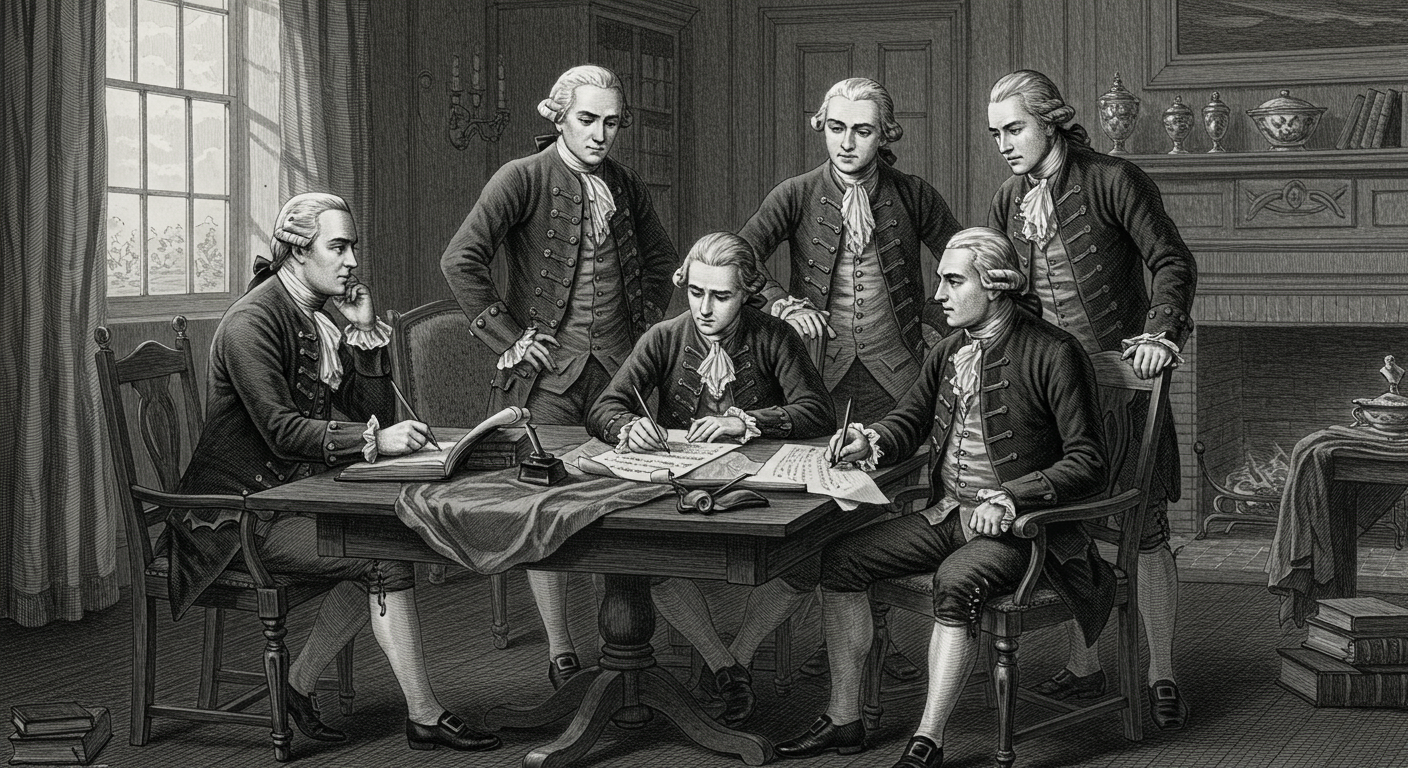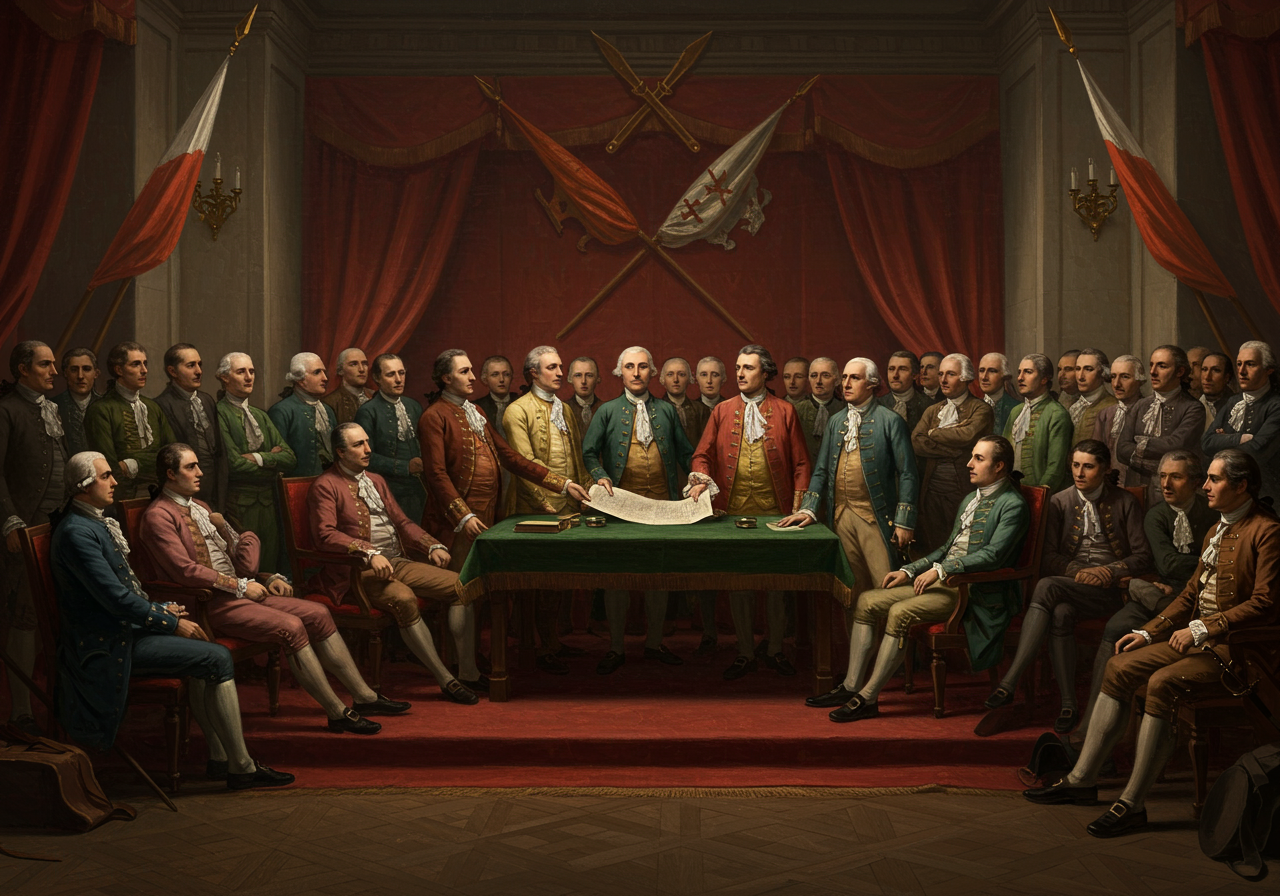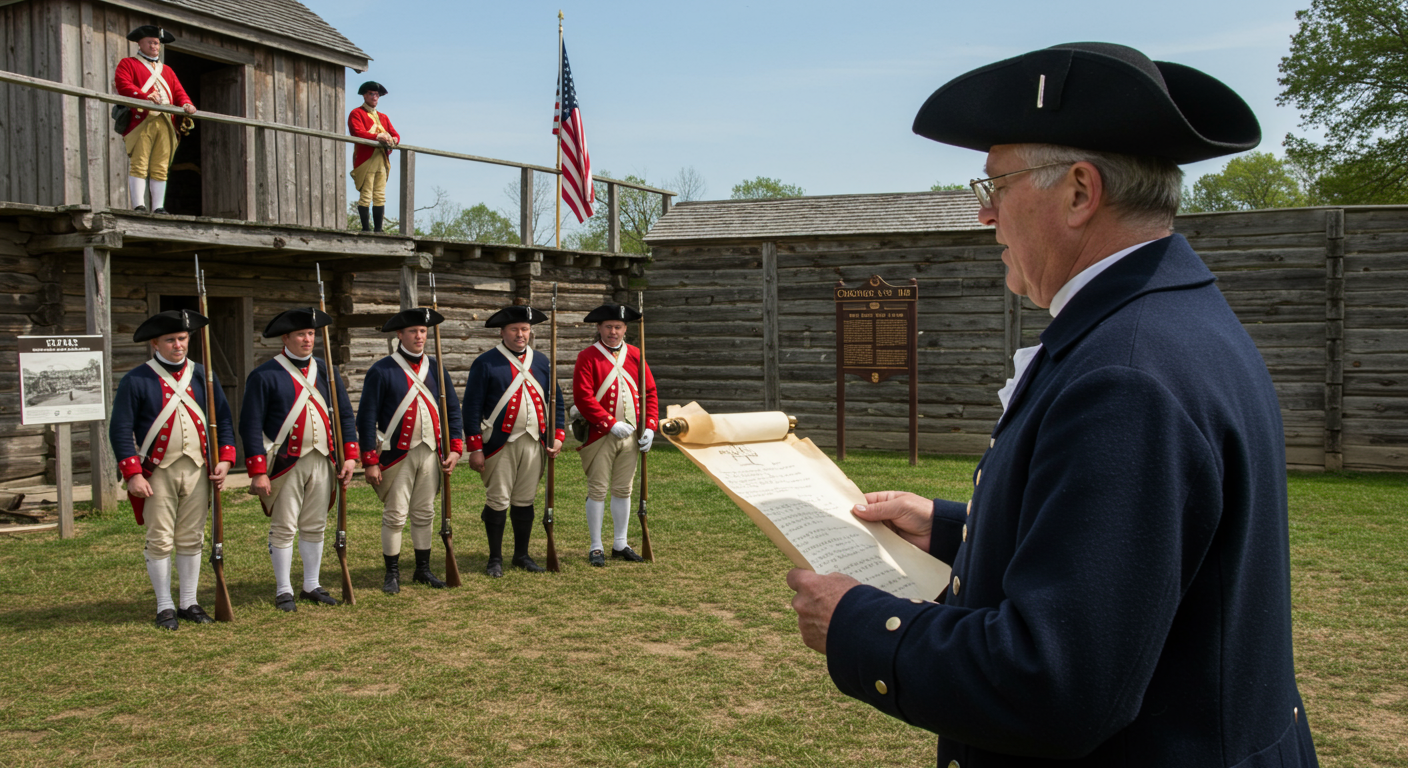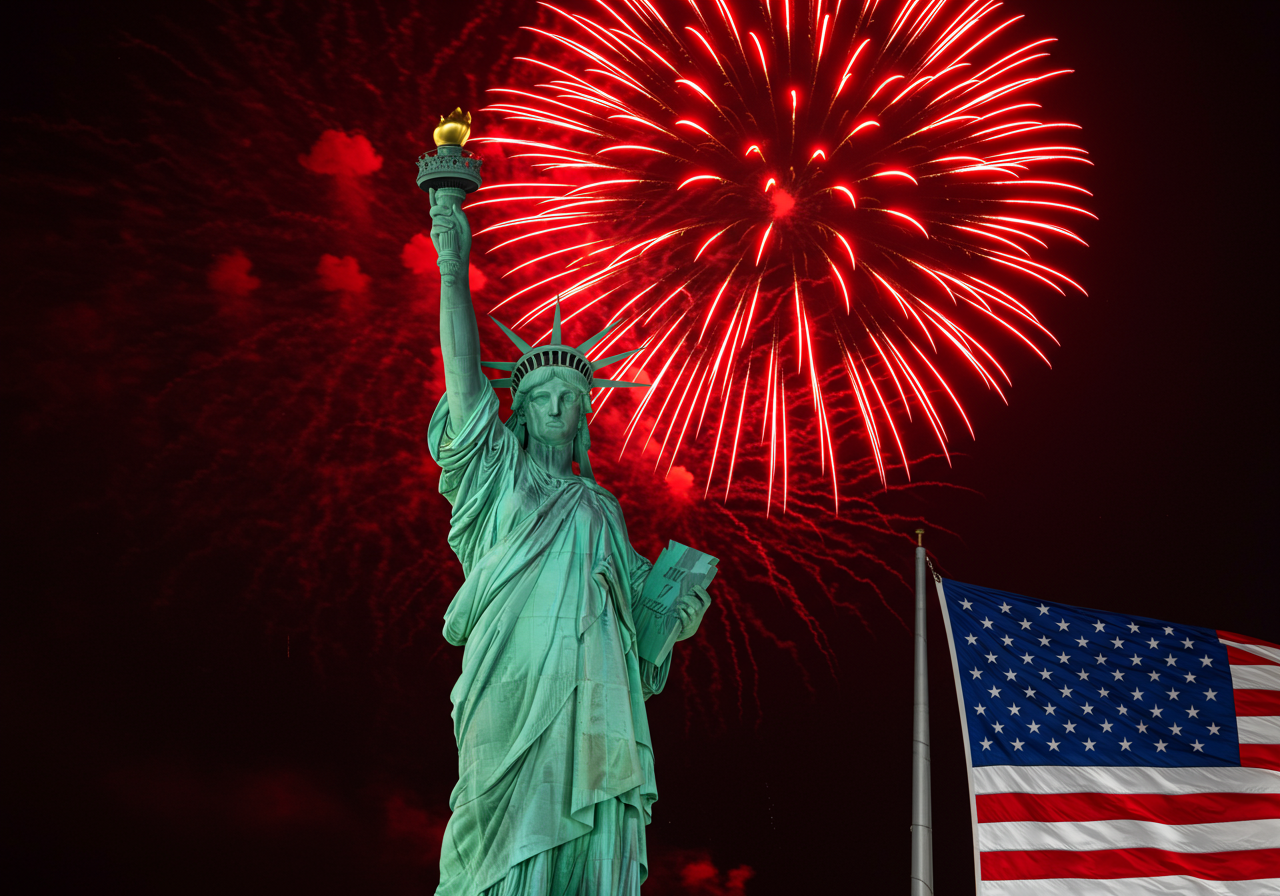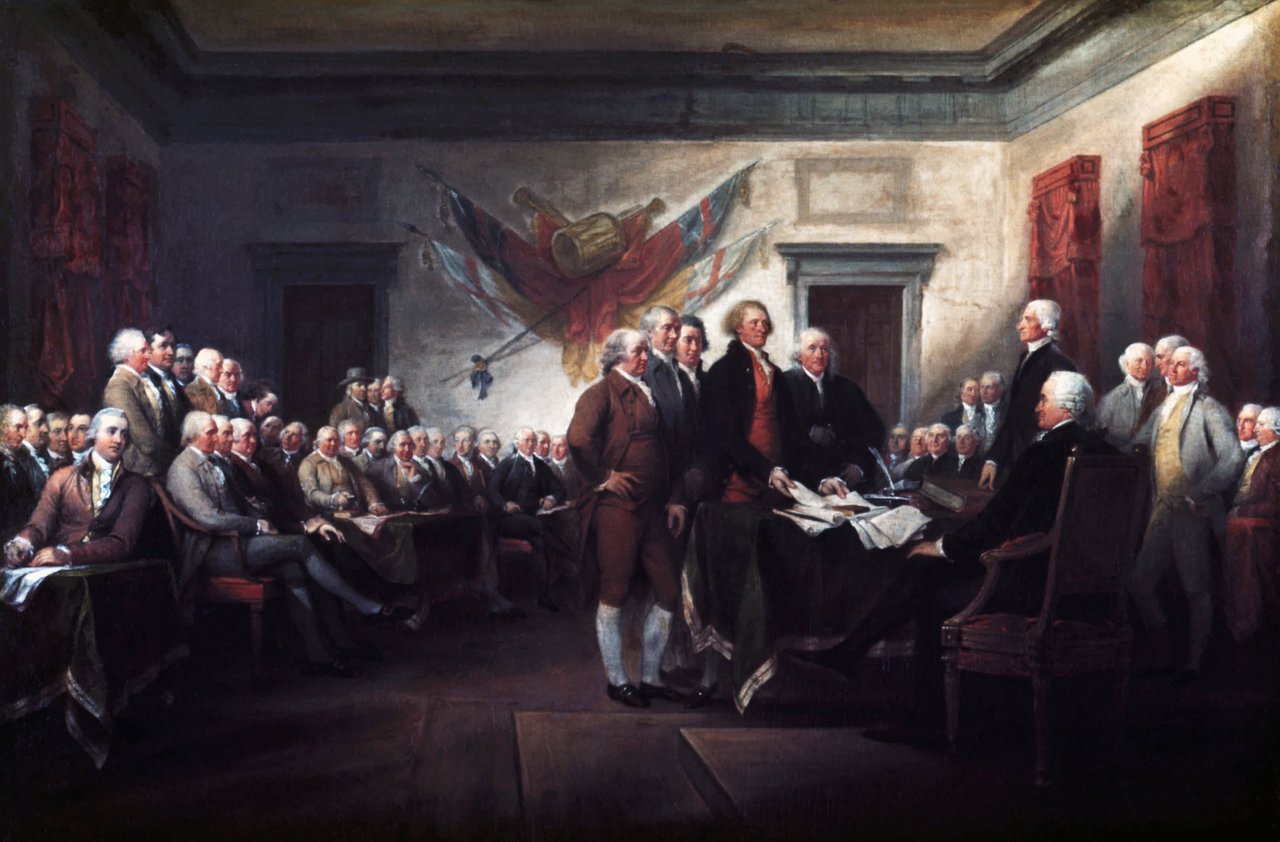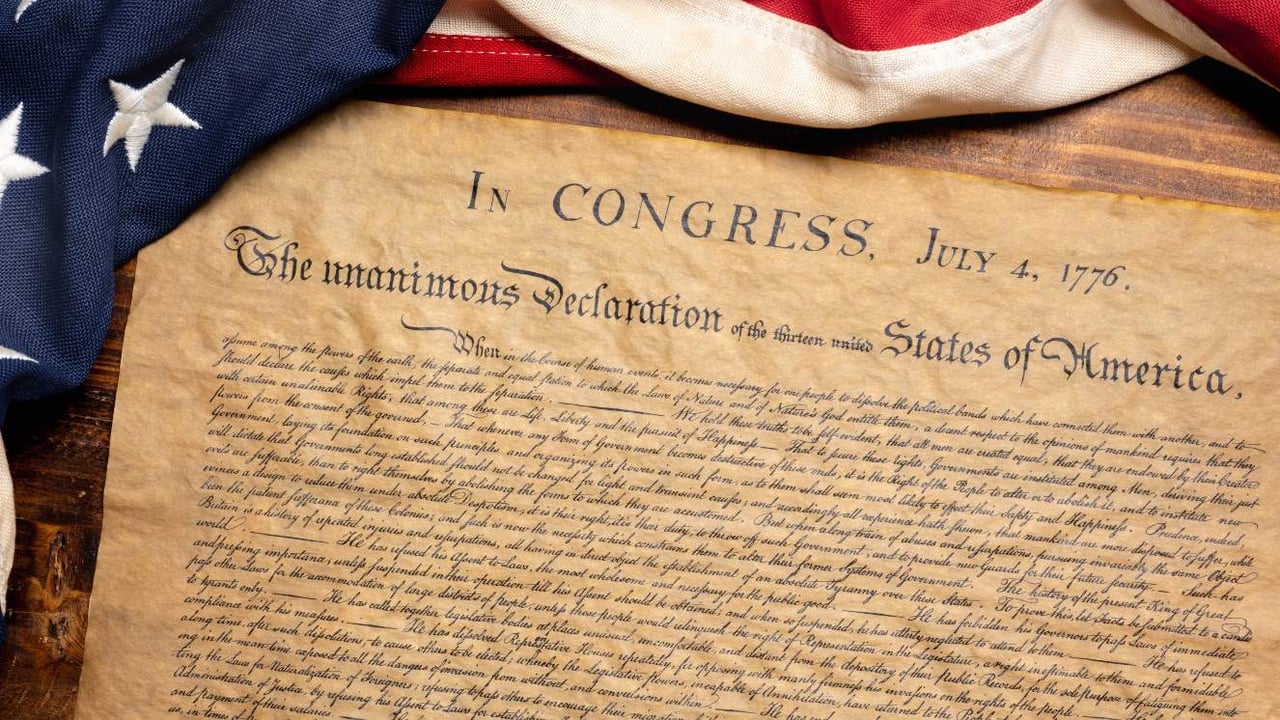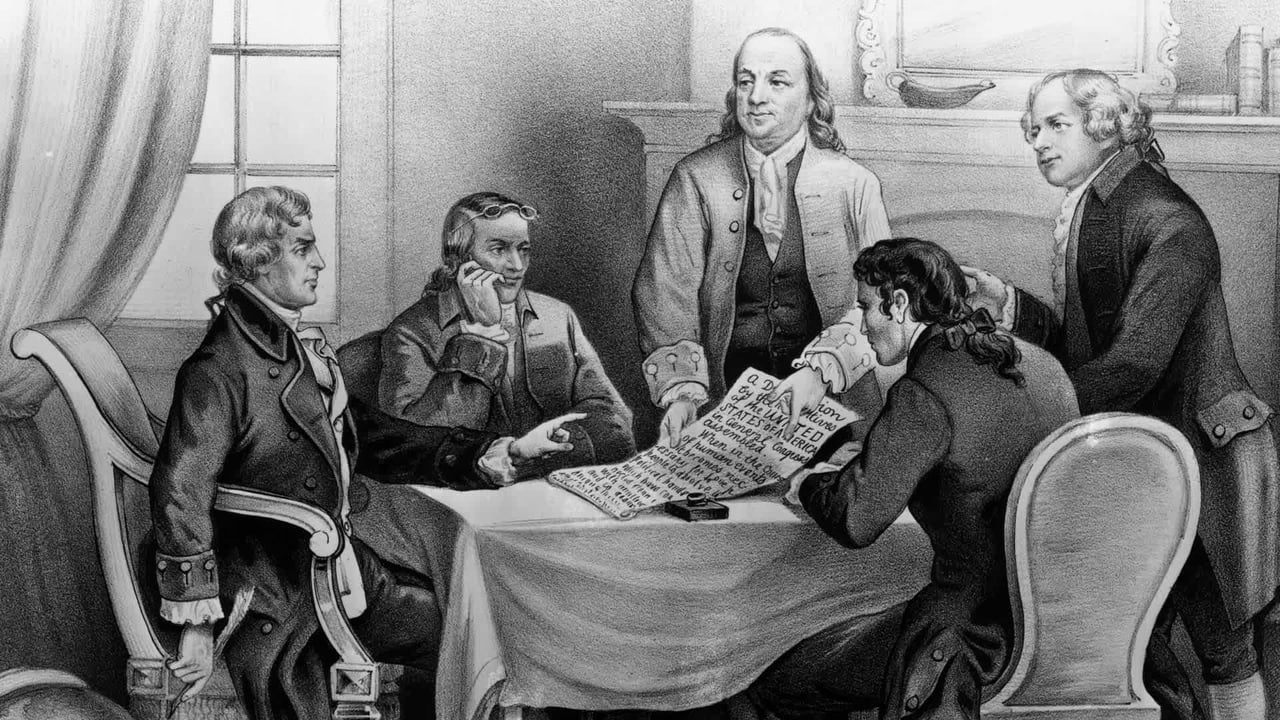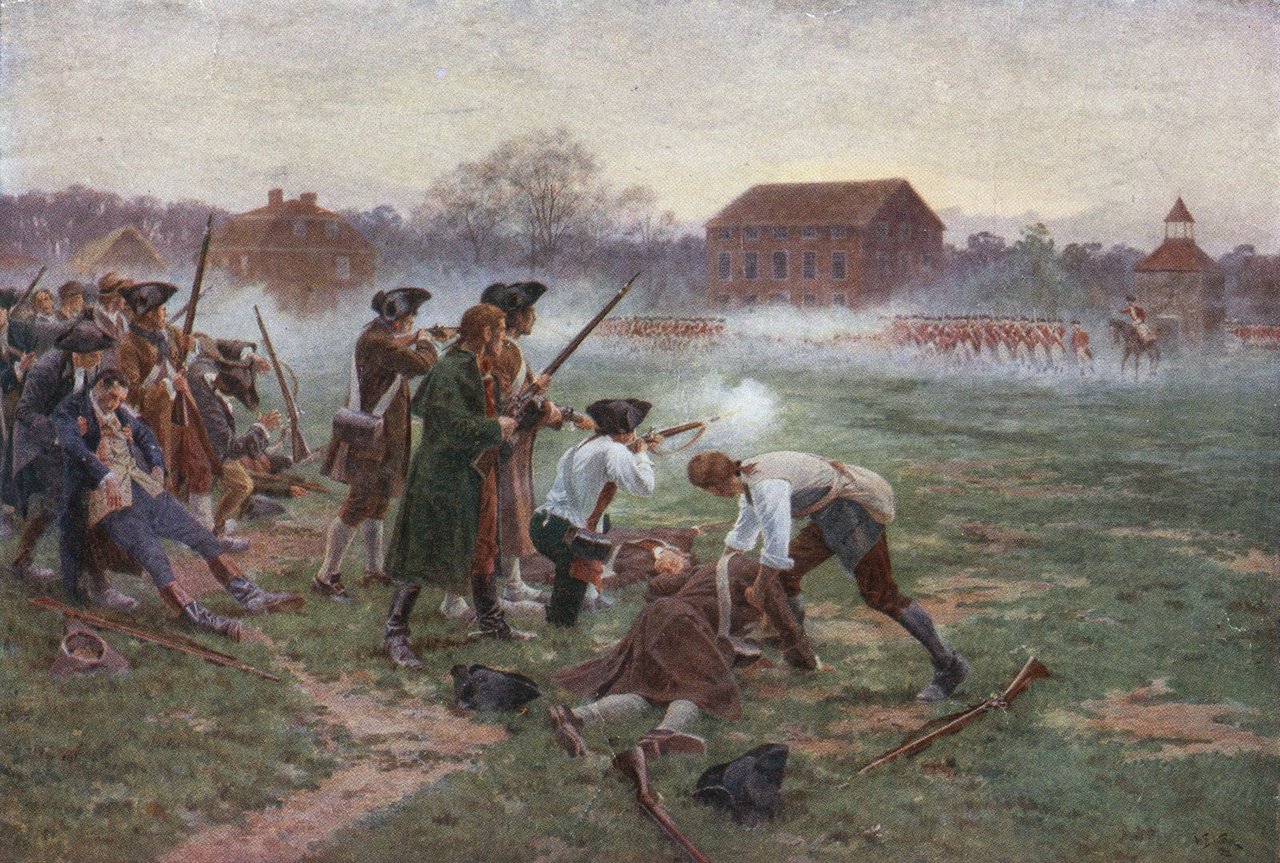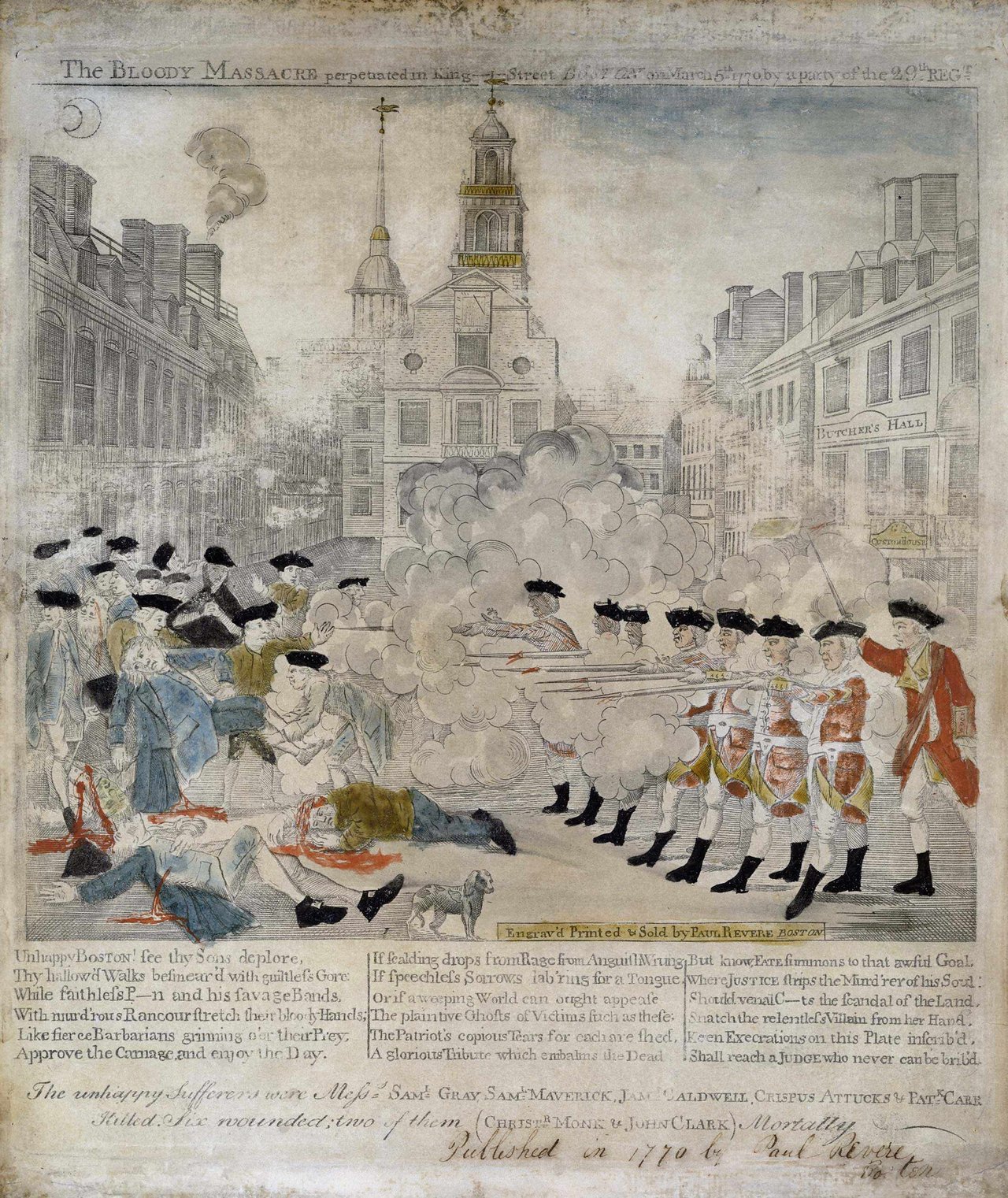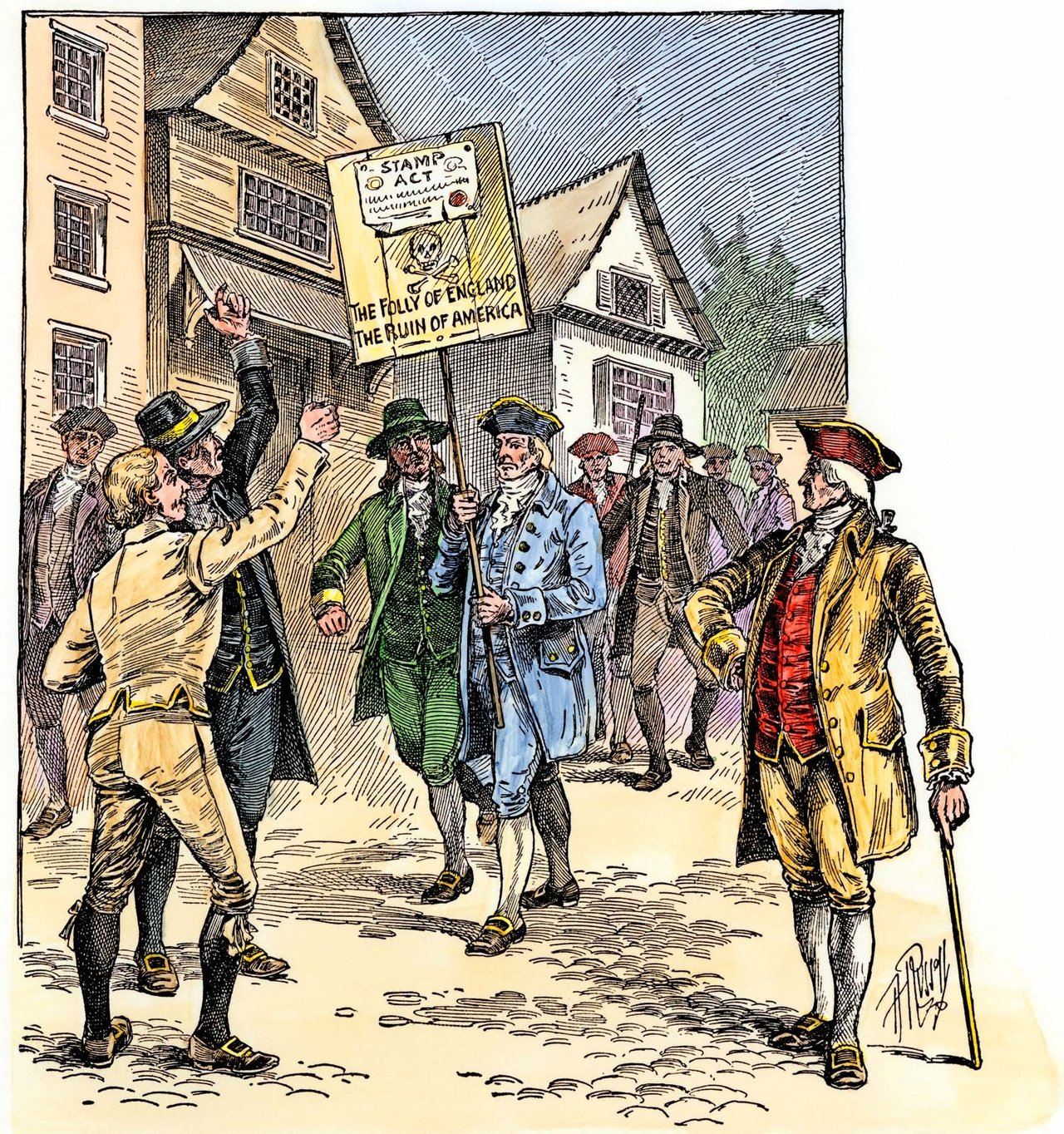The History and Legacy of July 4th
Understanding America's Independence Day
July 4th is more than just fireworks, barbecues, and parades; it marks a pivotal moment in the history of the world when the thirteen American colonies declared their independence from British rule. This day commemorates the adoption of the Declaration of Independence in 1776, a document that not only signaled the birth of a new nation but also laid the foundational principles of liberty and democracy that continue to resonate today. In this article, we'll dive into the causes, key events, and enduring impact of July 4th, exploring why this date remains a cornerstone of American identity.
The Road to Independence
Colonial Grievances and Early Tensions
The journey to independence was paved with escalating tensions between the American colonies and the British Crown. By the mid-18th century, the colonies had developed a distinct identity and a growing sense of self-governance, which clashed with British attempts to exert greater control. Several key issues fueled colonial discontent:
- Taxation Without Representation: The British government imposed a series of taxes on the colonies, such as the Stamp Act (1765) and the Townshend Acts (1767), without providing them representation in Parliament. This led to widespread protests and the rallying cry of "No taxation without representation" (Independence Day, 2023).
- The Boston Massacre and Tea Party: Events like the Boston Massacre (1770) and the Boston Tea Party (1773) highlighted the growing animosity. The Boston Massacre saw British soldiers kill five colonists during a confrontation, while the Boston Tea Party involved colonists dumping British tea into Boston Harbor as a protest against the Tea Act (Britannica.).
- Intolerable Acts: In response to the Boston Tea Party, the British government enacted the Coercive Acts (1774), known to the colonists as the Intolerable Acts. These laws aimed to punish Massachusetts and deter further resistance but instead galvanized colonial unity and opposition (American English)
The Continental Congress and the Path to Declaration
In response to these grievances, the colonies convened the First Continental Congress in 1774, seeking to address their concerns through collective action. When diplomatic efforts failed, the Second Continental Congress met in 1775, and the idea of complete independence began to gain traction.
- Thomas Paine's "Common Sense": Published in January 1776, Thomas Paine's pamphlet "Common Sense" played a crucial role in shifting public opinion towards independence. Paine's arguments for self-governance and his critique of monarchy resonated with many colonists, fueling the desire for a complete break from Britain (Constitution Facts).
- Drafting the Declaration: On June 11, 1776, the Continental Congress appointed a committee, including Thomas Jefferson, John Adams, Benjamin Franklin, Roger Sherman, and Robert R. Livingston, to draft a formal declaration of independence. Thomas Jefferson, known for his eloquence and strong political philosophy, was chosen to write the first draft (Library of Congress).
The Declaration of Independence
The Text and Its Significance
The Declaration of Independence, adopted on July 4, 1776, is a powerful assertion of the colonies' right to self-determination and a foundational document for the United States. Its preamble eloquently states the principles of natural rights and the social contract:
"We hold these truths to be self-evident, that all men are created equal, that they are endowed by their Creator with certain unalienable Rights, and that among these are Life, Liberty and the pursuit of Happiness."
The declaration consists of three main parts:
- Introduction and Preamble: The preamble outlines the philosophical basis for independence, drawing on Enlightenment ideas about natural rights and the role of government.
- List of Grievances: The bulk of the document lists specific grievances against King George III, illustrating the ways in which the British government had violated the colonists' rights.
- Resolution of Independence: The final section formally declares the colonies' independence, stating that they are free and independent states with the full power to levy war, conclude peace, and establish commerce.
The Signing and Immediate Impact
The Declaration was adopted by the Continental Congress on July 4, 1776, though the actual signing took place over several weeks. The document was first signed by John Hancock, the President of the Congress, in a large and prominent script, symbolizing his bold commitment to the cause (Independence Day, 2023).
The immediate impact of the Declaration was profound. It unified the colonies under a common cause, provided a moral justification for the Revolutionary War, and articulated a vision of a nation founded on principles of liberty and equality. The Declaration also inspired other nations and movements seeking independence and democratic reforms.
The Revolutionary War
Key Battles and Turning Points
The Declaration of Independence marked the beginning of a challenging and protracted conflict—the Revolutionary War. Several key battles and turning points defined the struggle for independence:
- Battle of Bunker Hill (1775): Although technically a British victory, the heavy casualties inflicted by the colonial forces demonstrated their resolve and capability, boosting morale and support for the cause.
- Battle of Saratoga (1777): A decisive American victory, the Battle of Saratoga is often considered the turning point of the war. It convinced France to enter the war on the side of the colonies, providing crucial military and financial support.
- Siege of Yorktown (1781): The last major battle of the war, the Siege of Yorktown saw American and French forces trap British General Cornwallis's army, leading to his surrender and effectively ending the war.
The Treaty of Paris and the Aftermath
The war formally ended with the signing of the Treaty of Paris in 1783. The treaty recognized the sovereignty of the United States and established its borders. The young nation faced numerous challenges in the post-war period, including economic instability, political fragmentation, and the task of creating a new government.
The Legacy of July 4th
A Symbol of Freedom and Democracy
July 4th quickly became a symbol of American freedom and democracy. The principles enshrined in the Declaration of Independence have served as a beacon for various movements and causes throughout history:
- Abolition and Civil Rights: The Declaration's assertion of equality and natural rights provided a moral foundation for the abolitionist movement and the fight for civil rights. Leaders like Frederick Douglass and Martin Luther King Jr. drew upon its language to advocate for justice and equality.
- Women's Suffrage: The women's suffrage movement also invoked the Declaration's principles, arguing that the promise of equality should extend to women. The Seneca Falls Convention of 1848, for example, produced the Declaration of Sentiments, which echoed the Declaration of Independence in its call for gender equality.
- Global Influence: The ideals of the Declaration have transcended national borders, inspiring movements for independence and democracy worldwide. Countries in Latin America, Africa, and Asia have drawn upon the American example in their own struggles for self-determination.
Celebrating Independence Day
Over the years, July 4th has evolved into a major national holiday celebrated with various traditions and festivities. These celebrations reflect the enduring spirit of American independence and community:
- Fireworks: Fireworks have been a staple of Independence Day celebrations since the earliest days of the republic. They symbolize the explosive birth of the nation and the triumph of freedom.
- Parades and Public Events: Parades, concerts, and public readings of the Declaration of Independence are common features of July 4th celebrations. These events foster a sense of national pride and communal spirit.
- Barbecues and Gatherings: Many Americans celebrate the holiday with barbecues, picnics, and family gatherings. These activities emphasize the importance of community and togetherness, reflecting the social contract ideals of the Declaration.
Conclusion
July 4th is a day that encapsulates the essence of US identity and values. It commemorates the courage and vision of those who sought independence and established a nation founded on the principles of liberty, equality, and democracy. The historical events leading up to the Declaration of Independence, the subsequent Revolutionary War, and the lasting legacy of this pivotal moment continue to shape the United States and inspire people around the world.
As we celebrate Independence Day, it's important to reflect on the enduring relevance of the Declaration's ideals. The pursuit of life, liberty, and happiness remains a guiding light, reminding us of the ongoing journey toward a more just and equitable society. Whether through fireworks, parades, or thoughtful reflection, July 4th offers an opportunity to honor the past and envision a brighter future.
Happy 4th of July!
References
- American English. (n.d.). Independence Day. Retrieved from https://americanenglish.state.gov/files/ae/resource_files/independenceday.pdf
- Britannica. (n.d.). Independence Day: United States holiday. Retrieved from https://www.britannica.com/topic/Independence-Day-United-States-holiday
- Constitution Facts. (n.d.). Declaration of Independence. Retrieved from https://www.constitutionfacts.com/content/declaration/files/Declaration_FourthJuly.pdf
- Independence Day. (2023). In Wikipedia. Retrieved from https://en.wikipedia.org/wiki/Independence_Day_(United_States)
- Library of Congress. (n.d.). Today in History: July 04. Retrieved from https://www.loc.gov/item/today-in-history/july-04/
